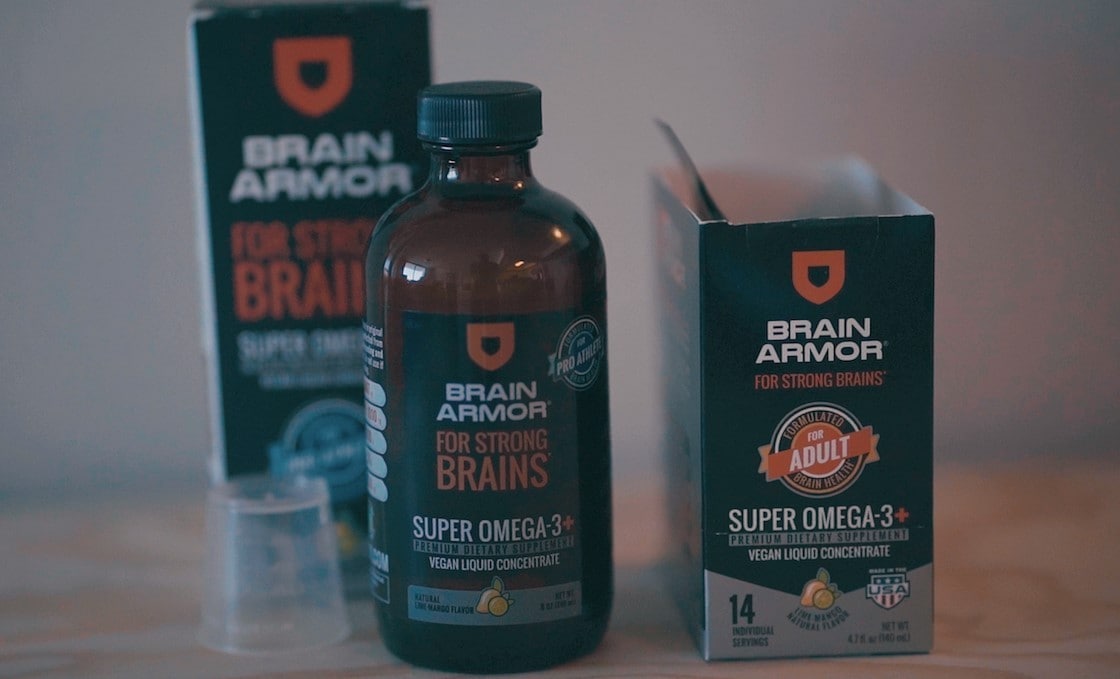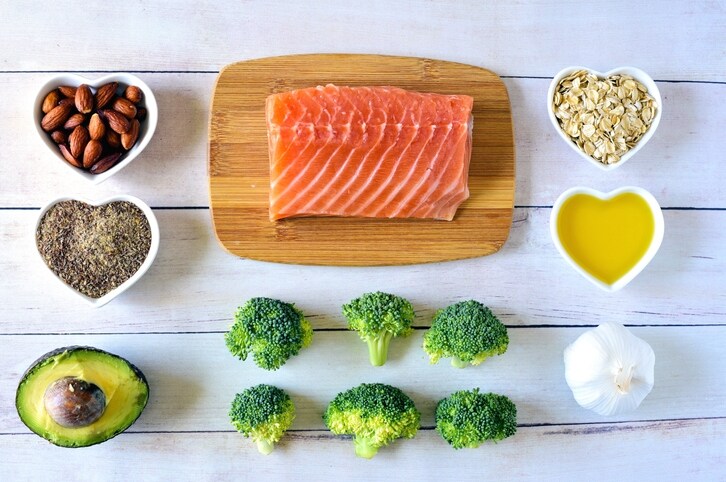1. Gispert-Llau7rado M, Perez-Garcia M, Escribano J, et al: Fish consumption in mid-childhood and its relationship to neuropsychological outcomes measured in 7-9 year old children using a NUTRIMENTHE neuropsychological battery. Clinical Nutrition 2016;35:1301-1307.
2. Parietta N, Niyonsenga T, Duff J: Omega-3 and omega-6 polyunsaturated fatty acid levels and correlations with symptoms in children with attention deficit hyperactivity disorder, autistic spectrum disorder and typically developing controls. PLoS One 11:e0156432.
3. Forsyth S, Gautier S, Salem N: The importance of dietary DHA and ARA in early life. Proceedings of the Nutrition Society 2017;March 13:1-6.
4. Tesei A, Crippa A, Ceccarelli S, et al: The potential relevance of docosahexaenoic acid and eicosapentaenoic acid to the etiopathogenesis of childhood neuropsychiatric disorders. European Child and Adolescent Psychiatry 2016;December 17th.
5. Montgomery P, Burton J, Sewell R, et al: Low blood long chain omega-3 fatty acids in UK children are associated with poor cognitive performance and behavior. PLoS One 2013;8:e66697.
6. Richardson A, Burton J, Sewell R, et al: Docosahexaenoic acid for reading, cognition and behavior in children aged 7-9 years. PLoS 2012;7:e43909.
7. Meydani M: Antioxidants and cognitive function. Nutrition Reviews 2001;59:S75-S80.
8. Mayne S: Antioxidant nutrients and cancer incidence and mortality: An epidemiologic perspective. Advances in Pharmacology 1997;38:657-675.
9. Nothlings U, Schulze M, Welkert C, et al: Intake of vegetables, legumes, and fruit, and risk for all-cause, cardiovascular and cancer mortality in a European diabetic population. Journal of Nutrition 2008;138:775-781.
10. Martin A, Cherubini A, Andres-Lacueva C, et al: Effects of fruits and vegetables on levels of vitamins E and C in the brain and their association with cognitive performance. Journal of Nutrition and Healthy Aging 2002;6:392-404.
11. Cao G, Sofie E, Prior R: Antioxidant capacity of tea and common vegetables. Journal of Agricultural Food Chemistry 1996;44:3426-3431.
12. Engelhart M, Geerlings M, Ruitenberg A, et al: Dietary intake of antioxidants and risk of Alzheimer disease. Journal of the American Medical Association 2002;287:3223-3229.
13. Halvorsen B, Carlsen M, Phillips K, et al: Content of redox-active compounds (i.e., antioxidants) in foods consumed in the United States. American Journal of Clinical Nutrition 2006;84:95-135.
14. Morris M, Evans D, Bienias J, et al: Dietary intake of antioxidant nutrients and the risk of incident Alzheimer disease in a biracial community study. Journal of the American Medical Association 2002;287:3230-3237.
15. Morris M, Evans D, Tangney C, et al: Associations of vegetable and fruit consumption with age-related cognitive change. Neurology 2006;67:1370-1376.
16. Rice-Evans C, Miller N, Bolwell P, et al: The relative antioxidant activities of plant-derived polyphenolic flavonoids. Free Radical Research 1995;22:375-383.
17. Wu X, Beecher G, Holden J, et al: Lipophilic and hydrophilic antioxidant capacities of common foods in the United States. Journal of Agricultural and Food Chemistry 2004;52:4026-4037.
18. https://www.cdc.gov/media/releases/2014/p0805-fruits-vegetables.html
19. Johnson E: Role of lutein and zeaxanthin in visual and cognitive function throughout the lifespan. Nutrition Reviews 2014;72:605-612.
20. Nyaradi A, Foster J, Hickling S, et al: Prospective associations between dietary patterns and cognitive performance during adolescence. Journal of Child Psychology and Psychiatry 2014;55:1017-1024.
21. Nyaradi A, Li J, Hickling, et al: A Western dietary pattern is associated with poor academic performance in Australian adolescents. Nutrients 2015;7:2961-2982.
22. Burrows T, Goldman S, Olson R, et al: Associations between selected dietary behaviours and academic achievement. Appetite 2017;116:372-380.
23. Nyaradi A, Li J, Foster J, et al: Good-quality diet in the early years may have a positive effect on academic achievement. Acta Paediatric 2016;105:e209-e218.
24. Rajendran P, Nandakumar N, Rengarajan T, et al: Antioxidants and human diseases. Clinica Chimica Acta 2014;436:332-347.
25. https://www.healthykids.nsw.gov.au/kids-teens/eat-more-fruit-and-vegies-kids.aspx










